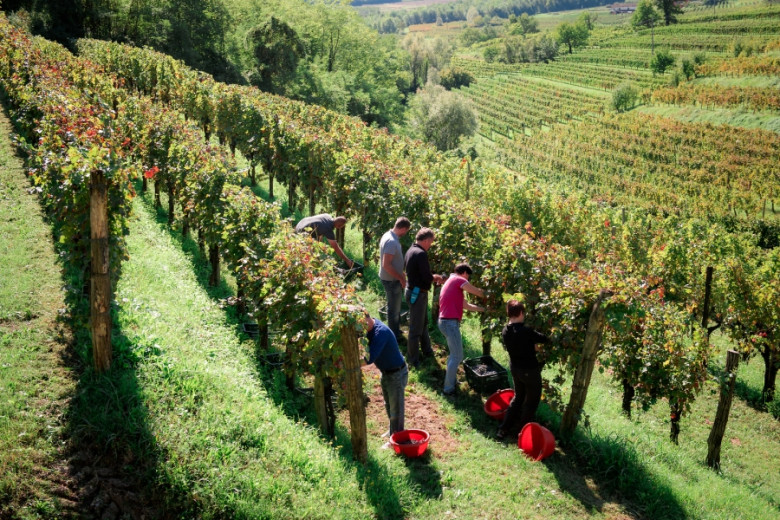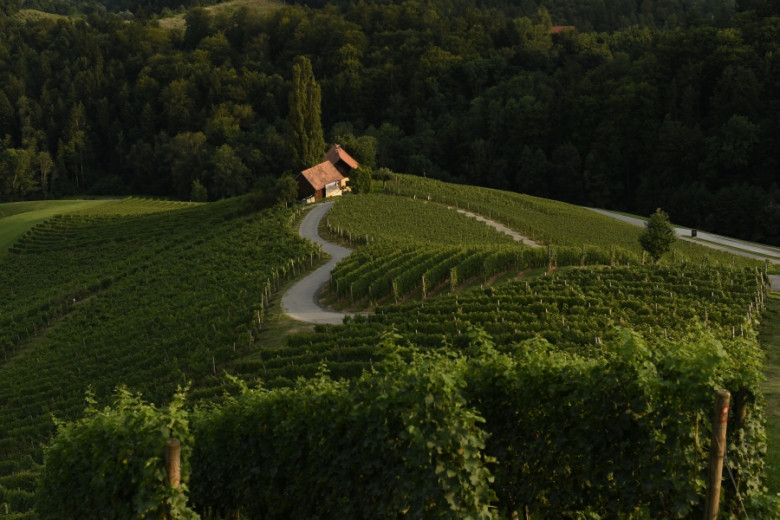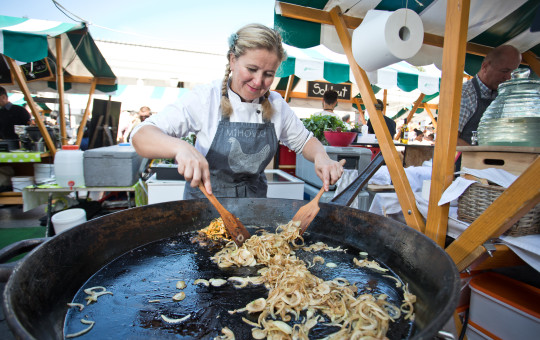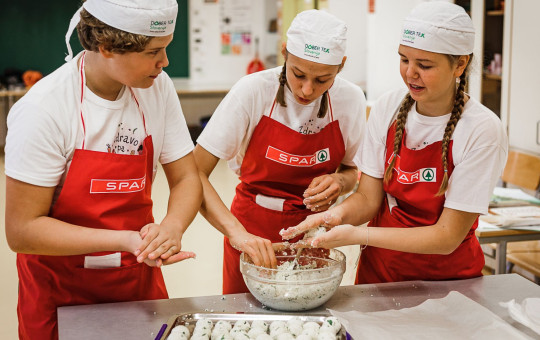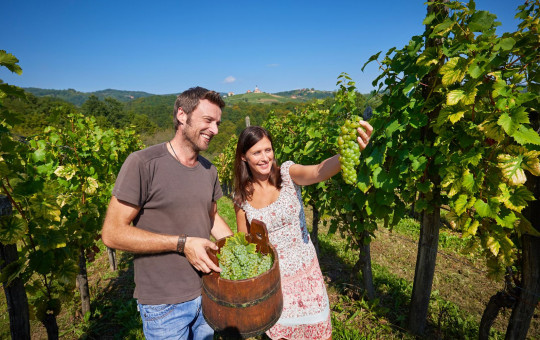Premium, world-class wine is something unique. It is a harmony of flavour that awakens the senses, connects ... Winemaking in Slovenia has a long tradition and is based on rich experience. It is a wine country with exceptional natural conditions, which allow for the cultivation of various varieties of wine, including indigenous sorts.
Wine, whether carefully closed in a nice bottle or stored in an (oak) cask, has its own story to tell. It combines the concept of vintner, grapevines, soil, wood and other natural conditions dictating its texture. And when poured into a glass, we taste it with all the senses and elements. Slovenia is a land of grapes with rich viticulture experience that keeps pace with worldwide wine production and modern technological and marketing trends. This has also been proven by winemakers who produce wines on the basis of their ample tradition and in step with modern technological and marketing trends and who are competitive on the world markets.
Size is relative
Slovenia’s miniscule geographical location does not tell us much about the quality of its wine. Slovenian vineyards make up only one-fifth of the area of German vineyards, and only one-tenth of their yield. Winemaking criteria places the Slovenian tradition among the Old World wine regions. Slovenian viticulture reflects certain French, Italian and German influences in terms of vineyards and production. The protection system is carefully designed, and recently more and more winegrowers have been aware of the principles of organic viticulture, and complying with them.
Winegrowers agree that the geographical location of Slovenia with the Adriatic Sea in the southeast and the Alps in the northwest s particularly suited to growing grapes. Wine production is focused on quality and premium wine.
The vineyards are usually situated on steep slopes, providing optimal sunlight; however, this makes working the vineyards much more demanding and requires more manual labour. The vineyards are also mostly older and only 5.6% of them are young, meaning that they are younger than four years.
Exceptional diversity
Slovenia is divided into three wine-making regions: the Podravje, Posavje and Primorje regions. Each has its own particularities and microclimates, and, of course their tradition, native wines and specific local qualities. Vintages range from an assortment of red wines in the style of Bordeaux, aromatic wines typical of the Rhine Valley, and dry Italian wines, to sweet wines and, of course, sparkling wines and a diverse range of local vintages.
Podravje stretches over the north-east part of Slovenia. The region is characterised by typical sediments created by active geologic activities and the remains of the Pannonian Sea, and thermal and mineral springs. It is thus the soil that particularly characterises the wines of this region. The climate is typically continental, with plenty of sunny days, which sometimes cause drought, while winters are quite cold. Today, the region is known for its prestigious wines and late grape harvest. A temperate climate and special soil are ideal for the production of strong and aromatic white wines. These are certainly worth tasting: White Riesling, Italian Riesling, Sauvignon, Furmint, Pinot Gris, Pinot Blanc, Traminer, Yellow Muscat, and Radgona sparkling wine.
Posavje is a region situated in the heart of Slovenia, and is known for its mixed wines but most of all for its great little wine – Cviček. With its eight and a half per cent of ethanol, Cviček is hardly a wine according to European criteria, but it prides itself for its EU designation of Protected Geographical Indication. Cviček, first documented in books two hundred year ago, is a blend of three grape varieties, which provide it with lightness, its characteristic gentle colour and flavour, acidity and freshness. Cviček is truly a very drinkable wine that can be found in almost every vineyard cottage in the region. Vineyard cottages are small private wineries, since small wine producers are typical of this region. In addition to Cviček, the region is also known for its quite sweet predicate wines.
Primorska carries such a name, although only a small section of the region is actually next to the coast and the majority of vineyards are located in the hills above the coast, but nevertheless enjoy strong Mediterranean influences. Summers are quite hot here and winters mild. The entire range of European wines can also be found in this region. Red wines prevail due to the warmth and the sun. Wines of this region have their own particular traits – they are mostly dry, rich in minerals and also contain more pigment than wines in other regions. The Primorska region consist of the Goriška Brda district with the famous Rebula and Pinot Blanc, the Vipava district with excellent white and red wines, and particularly superb Cabernet Sauvignon, the Karst district with Teran, Refosco and Terra Rossa, which is a blend of Teran, Cabernet Sauvignon and Merlot, and the Koper district with Refosco and Malvazija.
-
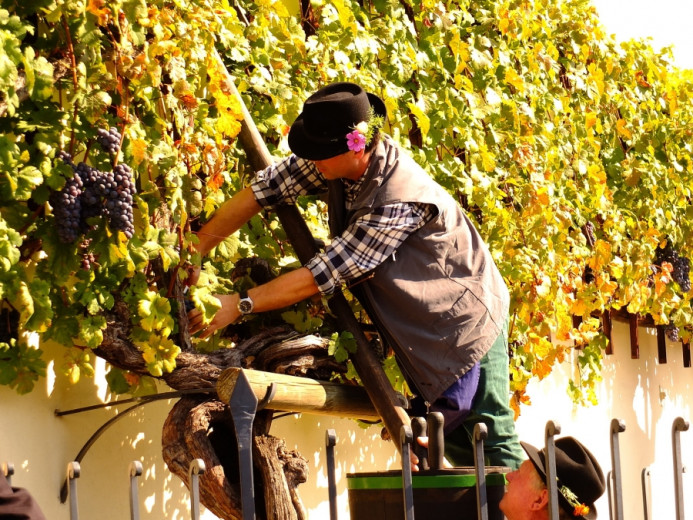
In the old city centre of Maribor called Lent grows a venerable old lady, a grapevine more than 400 years old, which is the pride of the city of Maribor and Slovenia as the oldest grapevine in the world. Photo: Ciril Ambrož/slovenia.info
-
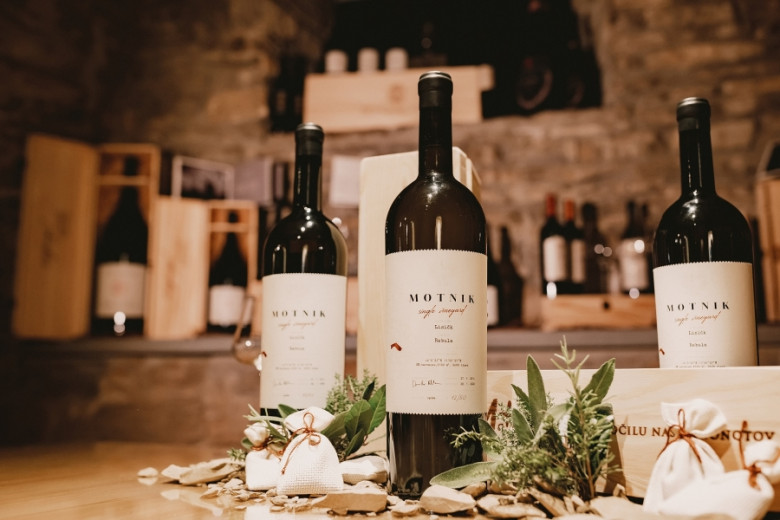
Slovenia is the home to real indigenous grape varieties. Since their cultivation, areas in some sections have been divided by state borders, while certain varieties belong to both sides. Photo: Marko Ocepek
-
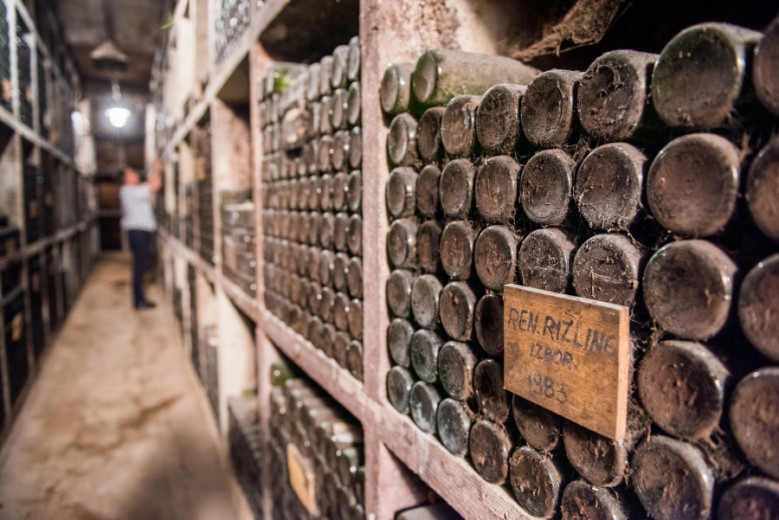
The Ptuj Wine Cellar is the oldest Slovenian wine cellar. Photo; Mankica Kranjec/www.slovenia.info
-

Wine routes are the easiest way to discover the wine-producing regions of Slovenia. These routes are intertwined within wine regions and clearly marked on most tourist maps. These routes also include local roads allowing easy access to wine producers. Photo: Jaka Ivanc/www.slovenia.info
Date: 23. September 2020
Time to read: 3 min

